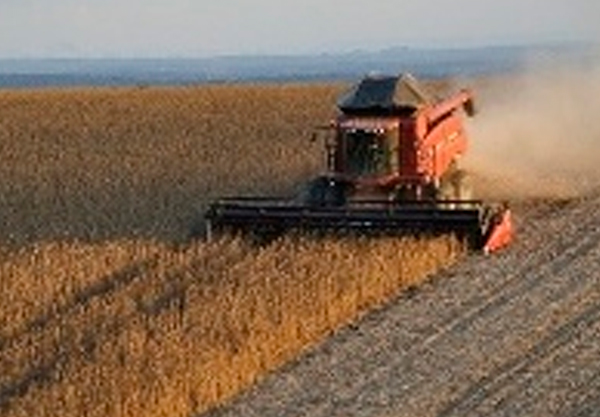
Grain production hits record
The National Supply Company (Conab) updated data on the 2019/20 grain harvest in yet another survey bulletin released this Tuesday (11). Brazil is heading towards a new record. Grain production should close at 253.7 million tons, a growth of 4.8% over the past harvest or 11.6 million tons over the production of the past harvest. The figure is higher than the July forecast, which was also a record high of 251 million tonnes.
Soy and corn
Soy and corn are the crops that pull this number, responsible for 90% of national production. The oilseed already has guaranteed record production estimated at 120.9 million tons, with a gain of 5.1%. The planted area was 36.9 million hectares. The highest productivity was registered in the Federal District, with 3.9 kg/ha. The largest producer is still Mato Grosso, followed by Paraná and Goiás.
With the end of the harvest of the first and second crops of commodities approaching, the study starts to analyze the third and winter crops. The total corn has a record assured by its 102.1 million tons. The first crop ended at 25.6 million tons.
Contribution of crops cultivated in the Sealba region (Sergipe, Alagoas and northeast Bahia). The off-season is estimated at 74.9 million tons. The third crop, planted in five states, should reach 1.5 million tons. The total planted area is 18.5 million hectares.
Winter crops
Winter crops (oats, canola, rye, barley, wheat and triticale) finish planting this month. The estimate is for growth of 12.1% in planted area. The highlight is wheat, which has been gaining more space in Brazilian lands.
The planted area grew 14.1% and reached 2.33 million hectares. If the crop goes well, the expectation is also a record: 6.8 million tons. Brazil only surpassed the mark of 6 million tons of wheat on 4 occasions in the historical series, this being the largest, if the estimates are confirmed. The highest production is expected in Paraná, about half of the total volume.
Cotton, rice and beans
Cotton increased by 5.4%, forecasting a production of 2.93 million tons of lint. The planted area is 2.6 million hectares.
Rice should grow 6.6% and harvest 11.2 million tons. Of these, 10.3 million in irrigated cultivation areas. There are good prospects for the market, with record exports and growth in domestic consumption, which leads to a reduction in estimates of carry-over stocks in the sector. For the current crop, with a trade surplus estimated at 400,000 tons and consumption growth, a high price is projected throughout the entire marketing period of the new crop.
Total beans grew 5.4%, reaching 3.18 million tons, depending on the third crop that is in the harvesting phase. More than half of this harvest (1.9mt) is of the common colors species.


